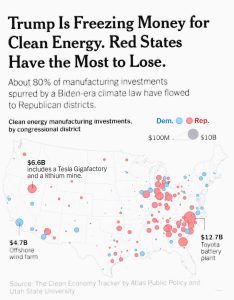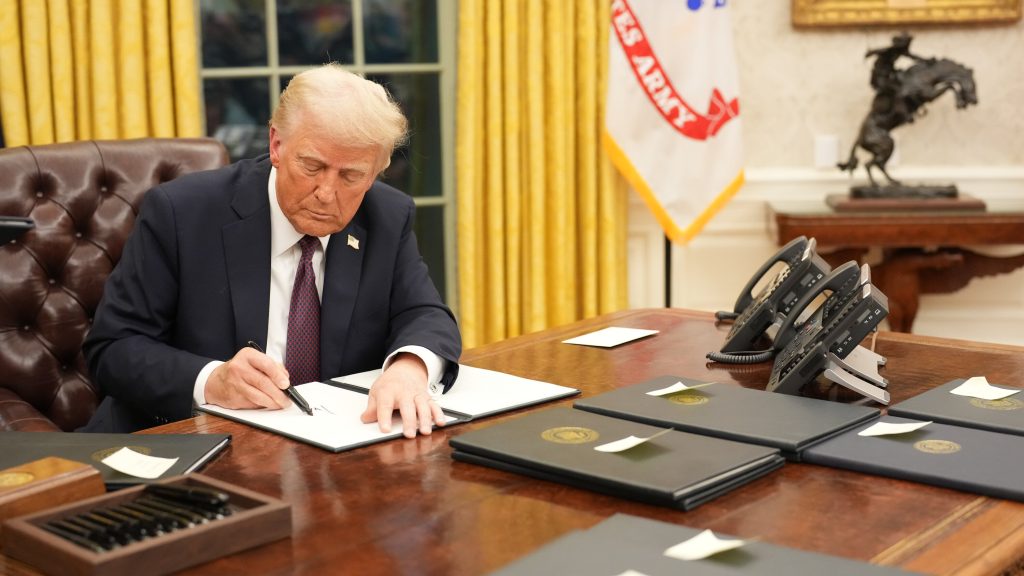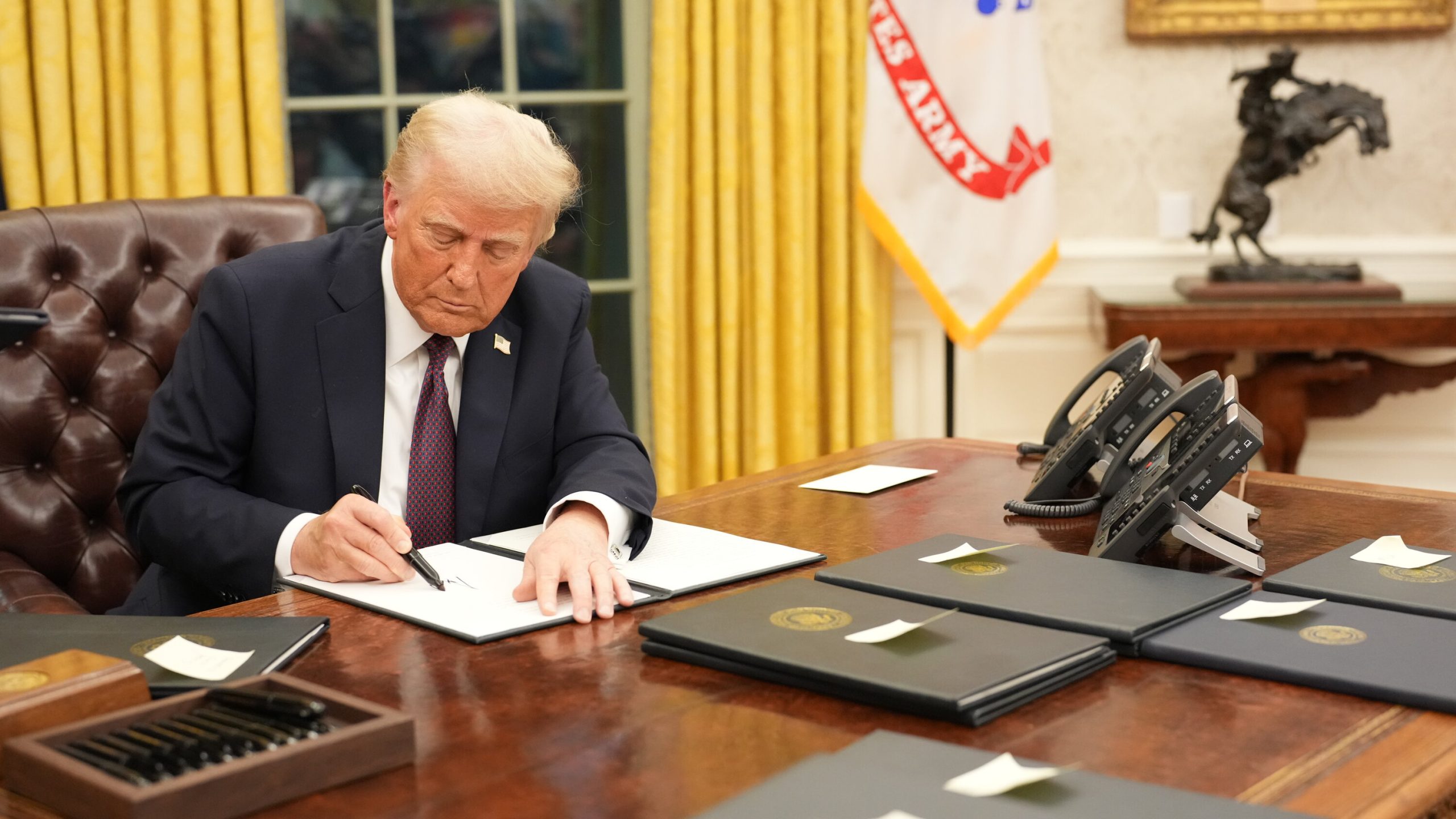In January 2025, President Donald Trump enacted a series of executive orders that have significantly disrupted the U.S. clean energy industry, favoring fossil fuels and creating uncertainty for renewable energy initiatives. On his first day back in office, he declared a “national energy emergency,” emphasizing the expansion of oil and gas production. This declaration included directives to replenish strategic oil reserves and explore new drilling opportunities, particularly in Alaska.

One of the most impactful actions was the withdrawal from the Paris Agreement, signaling a departure from international commitments to reduce greenhouse gas emissions. This move has raised concerns about the U.S.’s role in global climate initiatives and its commitment to mitigating climate change.
Additionally, President Trump signed an executive order aimed at slowing the growth of wind energy in the country. This order has introduced significant uncertainty for the wind power sector, which had been experiencing substantial growth in recent years.

The administration’s stance on renewable energy is further complicated by the imposition of tariffs on countries like Canada, Mexico, and China. These tariffs are expected to adversely affect the supply chains for electric vehicles, solar panels, batteries, and wind turbines, potentially leading to increased costs and project delays within the clean energy sector.
In contrast to the challenges faced by wind and solar industries, geothermal energy has received favorable attention from the administration. Experts note that geothermal energy’s ability to provide continuous power makes it an attractive option within the current energy policy framework.
The cumulative effect of these policies has been a climate of uncertainty within the clean energy industry. Investors and companies are grappling with the potential rollback of tax credits and incentives that have historically supported renewable energy projects. This uncertainty has led to a devaluation of renewable energy assets, as the future landscape of the industry becomes increasingly unclear.

Despite these challenges, certain segments of the renewable energy market continue to show resilience. Companies specializing in solar technology, such as Enphase Energy, have reported increased revenues and are planning to expand domestic manufacturing. Similarly, the wind power sector anticipates growth, with companies like Vestas Wind Systems reporting record orders and projecting significant expansion in the coming years.
In summary, President Trump’s recent executive actions have introduced significant challenges and uncertainties for the U.S. clean energy industry. While certain renewable sectors may find ways to adapt and thrive, the overall landscape has been markedly altered, with a clear shift in policy favoring fossil fuel development over renewable energy initiatives.



